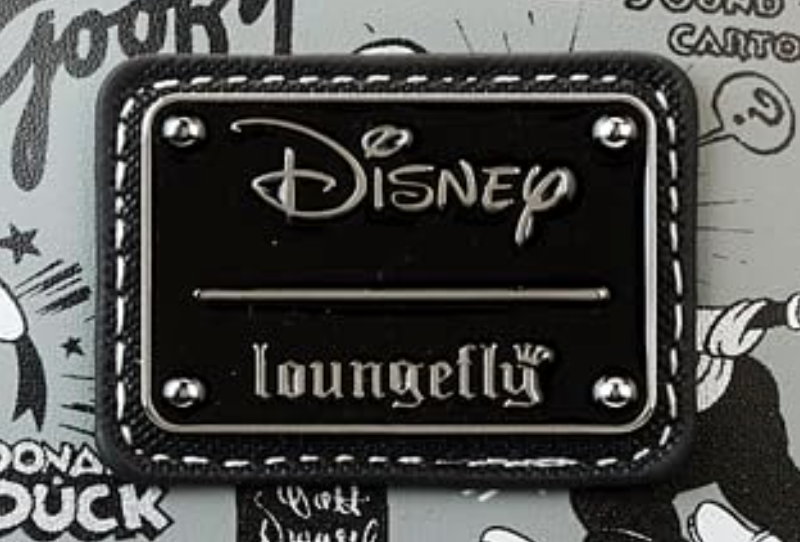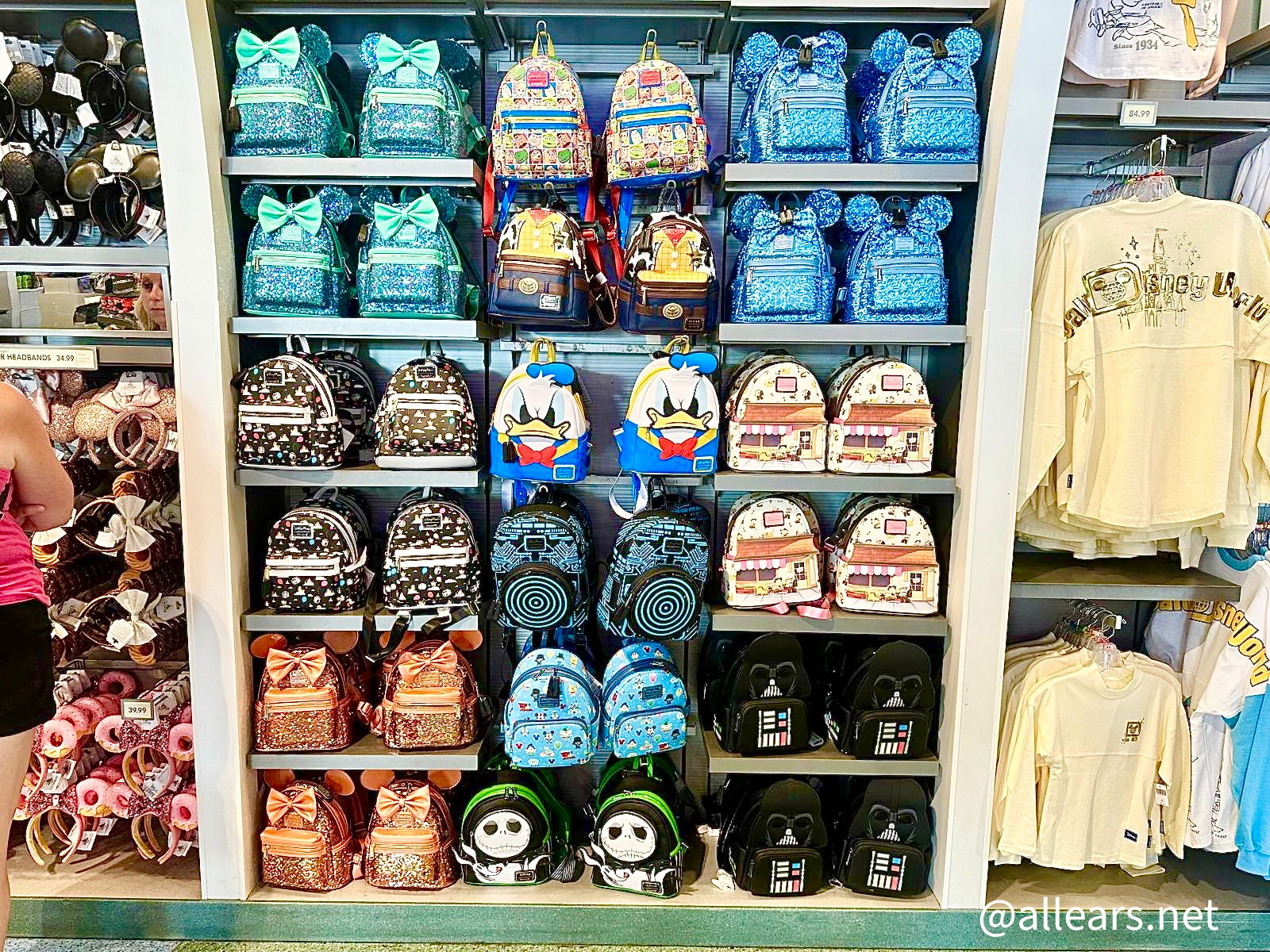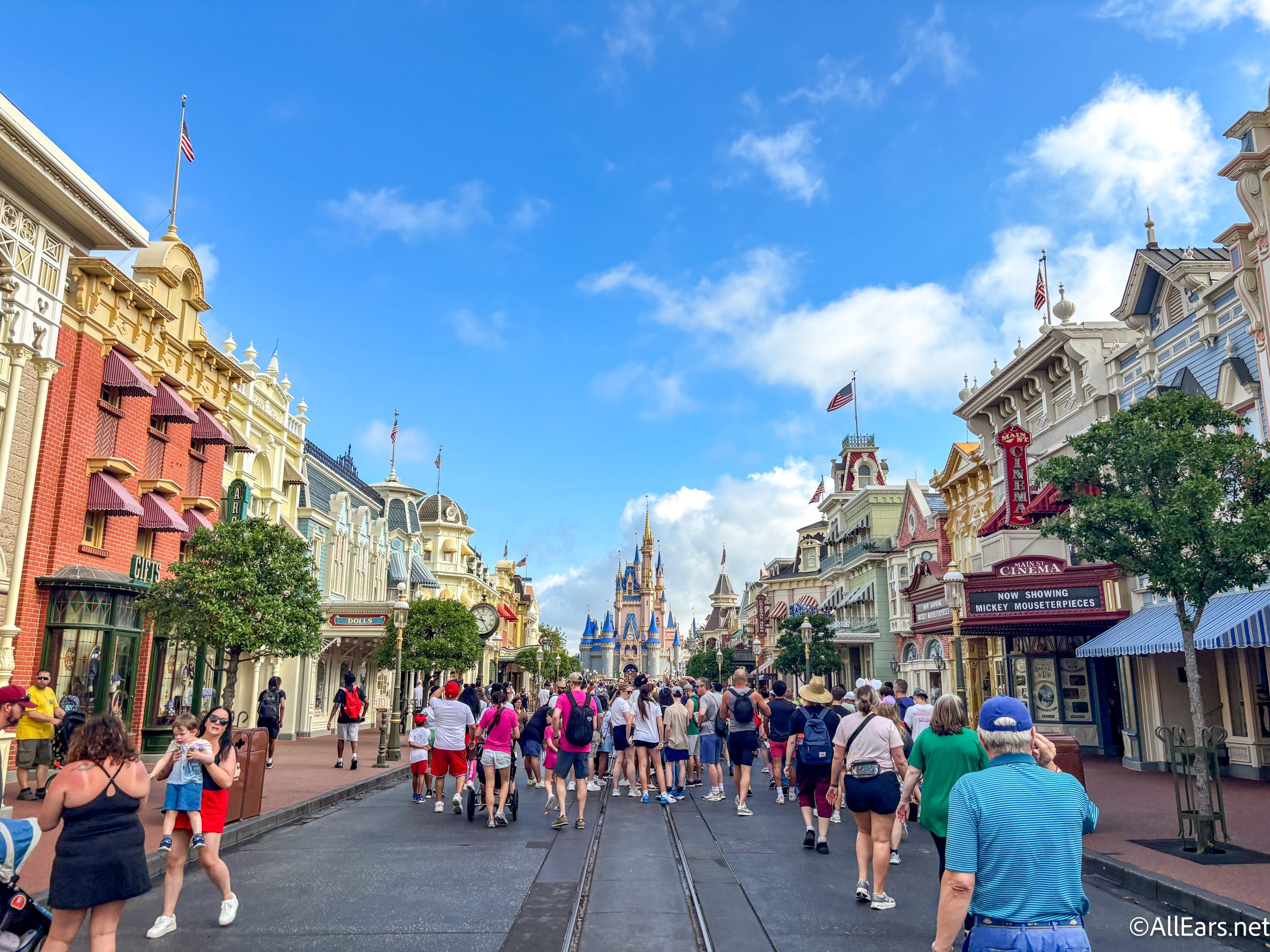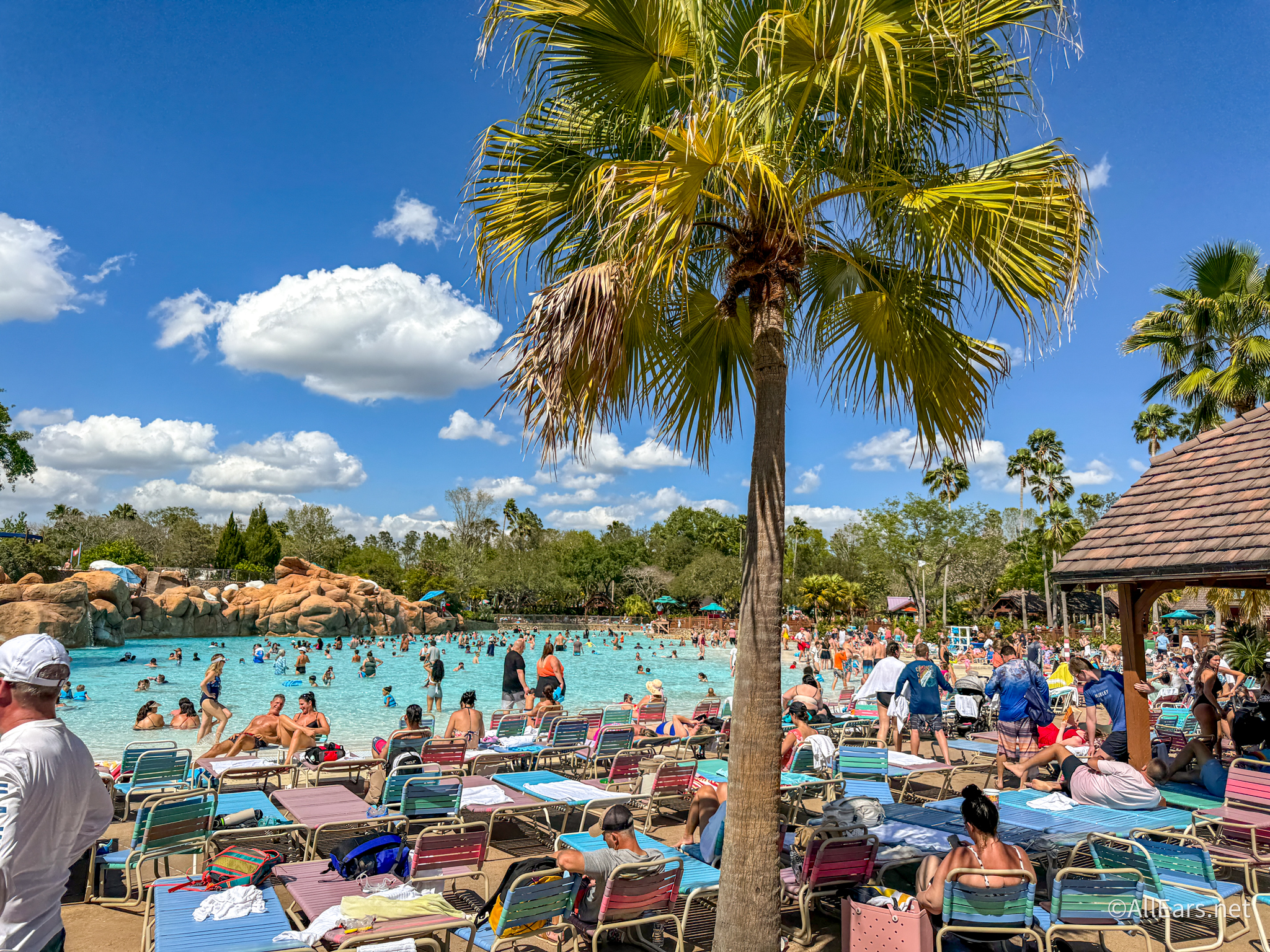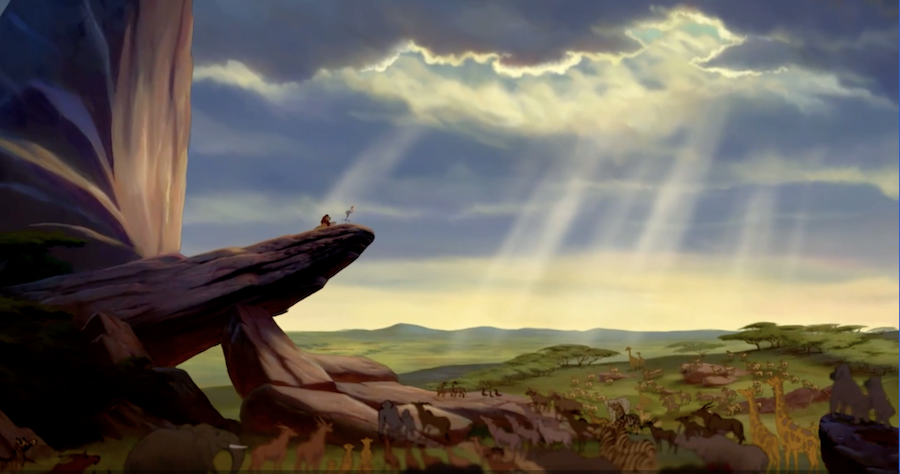Learning Activities for School Aged Children at Walt Disney World
Visiting Walt Disney World is, of course, a dream vacation for many families. Even among the numerous fun recreational experiences, though, there are educational activities that won’t feel too much like homework yet will help teach, too.
For home-schooled children, Walt Disney World is an endless classroom. And even for those kids who missed regularly scheduled classes to go on their vacations, we offer some ideas for the requisite “trip report” that will be due when they return.
Here are reader- and staff-generated suggestions for learning opportunities in the four theme parks at Walt Disney World. Some are simple enough for elementary-age kids while others might be more appropriate for middle- and high-school students.
** Ask your child to document your vacation by creating a photo journal. Have the child use an inexpensive digital camera, or an iPod or cell phone with a camera, to take photos of experiences he or she thinks are worth noting. Then, when you return home, the child can select photos for the album, which can be created digitally or by printing the photos and pasting them into an album. Let your child sort the photos in a way that makes sense to him or her, such as by character, attraction, location or date. Adding captions under the photos helps preserve memories and helps teach communication skills. This project is suitable for all ages.
** If your family is driving to Walt Disney World, charge your elementary-age or older child with the task of planning the trip route. Have him or her do calculations for things such as estimated total mileage; gasoline consumption and cost; hotel expenses; and food costs. Would an alternate route result in a lower projected expense? What routes are the quickest? Various online resources, such as Mapquest or Google Maps, can even be used by older students with Web skills.
** Have your child write a trip report detailing his or her visit to the Most Magical Place on Earth. For younger kids, this might be done inside an autograph book, which doesn’t require long passages of writing. For older kids, you can suggest a journal, which will allow for more writing. Those kids who enjoy drawing could be encouraged to illustrate their comments on facing pages.
** Bring a world map with you. After your visit to World Showcase at Epcot, have your child find all the countries represented in the park on the map. Once you’re home, you can mount the map and use stickpins to mark his or her “travels.” (You can make special stickpins with flags from those countries by cutting out the tiny icons in the park’s guidemap. For larger images, stickers and other global items, purchase the Disney passport pack available in the twin gift shops at the front of World Showcase for less than $20.)
** Ask your child to write to a prompt, such as “If you could blink your eyes and land at any place in WDW, where would you go? Why?” This assignment could be directed toward the types of writing students encounter on state standardized tests – narrative and expository. It also could help them practice creating various types of poetry, as well. Regardless of how the students choose to write, this project clearly reinforces the power of creativity and decisive word choice.
** Calculate the cost of buying a Walt Disney World vacation package and weigh it against buying the same features separately. Which plan saves you money? The answer will depend on what options you choose. Want more economic-based teaching opportunities? Check out The Great Piggy Bank Adventure at Epcot.
** Use the Internet to monitor the weather forecast for the Orlando area prior to leaving home. Use the satellite and radar maps to track precipitation trends.
** After visiting Animal Kingdom, have the child write about the most endangered species he or she saw. What can humans do to keep that animal from becoming extinct? What did they learn about the animals that they didn’t know before?
** Teach young students how to tell time by using events that are likely to occur on vacation. For example, you could say, “When the big hand is on the 12 and the small hand is on the 3, it’s 3 o’clock and that is when we will be watching the parade in the Magic Kingdom.” Reward quick learners with a Disney character watch of their choosing.
** Older kids can ride The Great Movie Ride at Disney’s Hollywood Studios and then recreate scenes from their favorite movies to use in a video that they create. Or, have the kids make a video about a Walt Disney World attraction for people who have never experienced it by filming various aspects and then editing the scenes together.
** On one day of your vacation, have each child keep a journal of what he or she ate and collect food wrappers from their purchases when possible. Afterward, compare nutrition information by adding up who ate the most calories or the fewest carbohydrates. Family members also could wear pedometers to see how many miles they walk each day in the theme parks. Get inspired to be healthy by visiting the Habit Heroes exhibit at Innoventions in Epcot.
** Before they leave home, help young children learn about five main types of dinosaurs. Look for those dinos when you visit DinoLand U.S.A. in Animal Kingdom. When you return home, your child can make a chart showing what he or she learned and where each type of dinosaur can be found at Animal Kingdom.
** Watch the beautiful panoramic movies in the China and Canada pavilions at Epcot and then have your child write a movie review.
** Ride the Carousel of Progress in the Magic Kingdom. Afterward, describe what the next animatronic presentation would be after the last segment from the 1980s. How much has changed in our world with new technology and scientic advances?
Everyone knows that Walt Disney World offers unlimited opportunities for fun. And, with a little forethought, it also offers just as many opportunities to make learning fun, as well.
Be sure to also check our our article:
Science in the Parks:
Mixing Science and Magic at Walt Disney World





